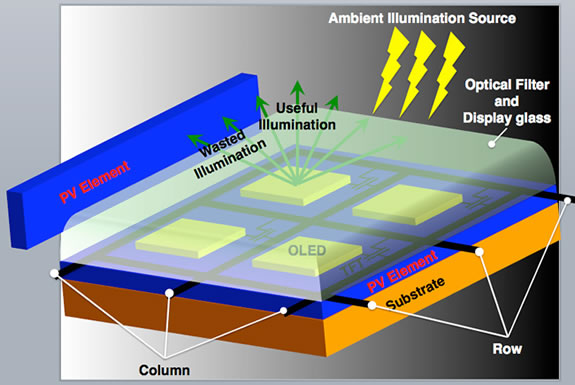Smartphone battery life causing you problems?
This issue of smartphone battery life is one of major concern for both device owners and smartphone and tablet manufacturers, and though there are some exciting technological advancements coming out that aims to help us all enjoy longer battery life from our smartphones but until all these actually come to fruition there could be another rather nifty way of helping us get a little #MoreJuice out of our phones….and the answer lies in waste energy.
In an article in IEEE we see that wasted light could be the key to extra smartphone battery life.
Our batteries are finding it tough to make our shiny Super AMOLED screens stay bright all day and play all those games/apps and process that video as we now use our smartphones more and more and expect more from the devices. So could the answer lie in the light energy that is pretty much wasted from our screens on a day to day basis?
Cambridge university researchers could hold the answer:
You have obviously all heard of Solar Power, so without going into too much technicalities imagine this concept being taken and used in your smartphone for light that has escaped from your OLED screen.
Professor Arokia Nathan and researcher Arman Ahnood, point out that around 36% of the light produced on a mobile device screen is actually projected forward to the display to be seen by your eyes with the remaining light escaping at the display edges, and it is this wasted light that could hold the key to making that battery last a little longer.

Science part:
With the prototype developed, a number of key areas are explained that make this technology work as intended.
One of the main issues is voltage spikes which would potentially cause damage to the battery while charging and would be caused by the differing light intensities, this would be managed by using a number of solar cells within the smartphone display which are made up from thin-film hydrogenated amorphous silicon, this technology would be able to harness both the wasted light and the ambient light around you. Couple this with a thin film super-capacitor and you should be able to even out the voltage to stop damage to the battery.
On top of this another set of solar cells would be arranged around the device display to capture any light that escapes from the screens main display and it is said that an average smartphone can produce up to 5 milliwatts of power using this method and technology.
Does this sound like technology that will work or a bit of pie in the sky?
Anthony Munns